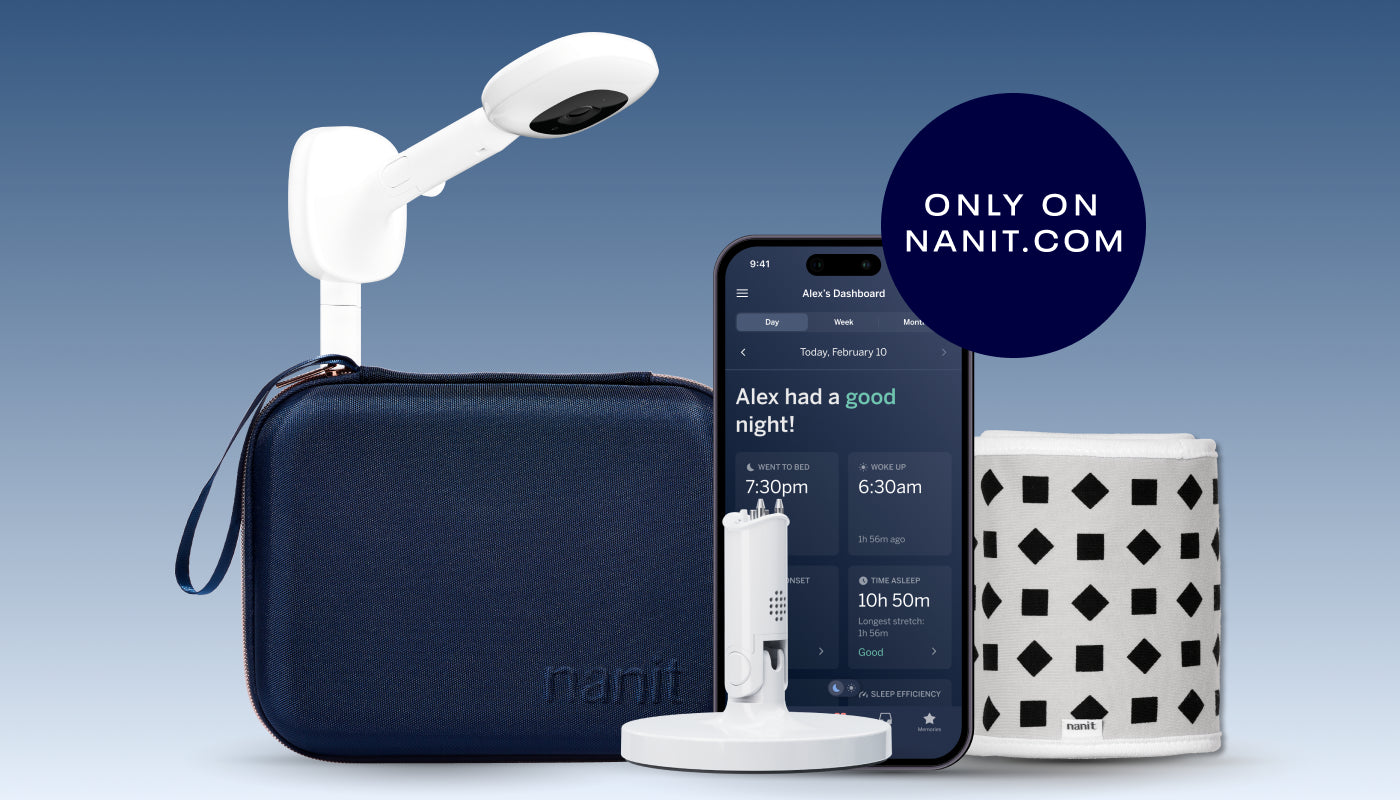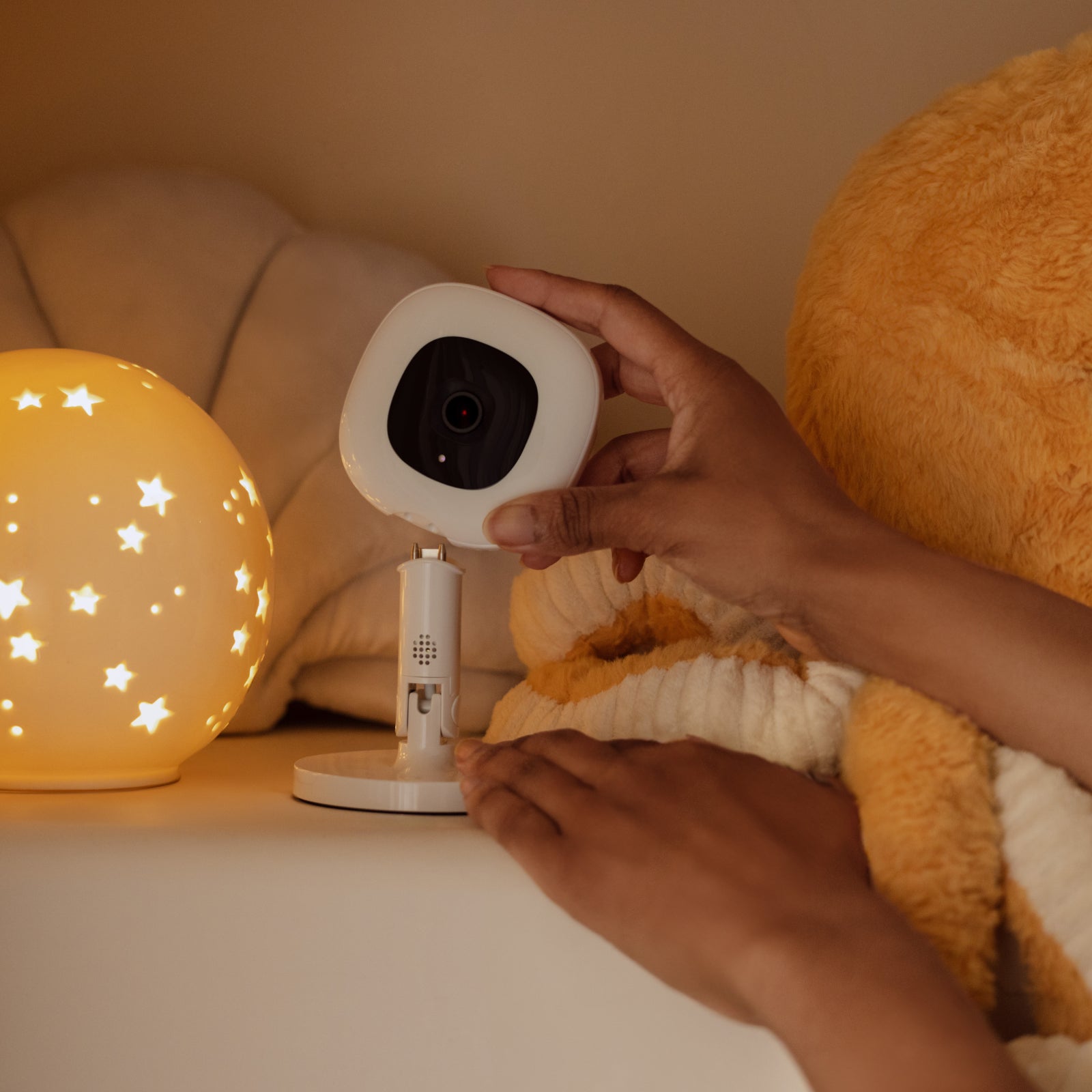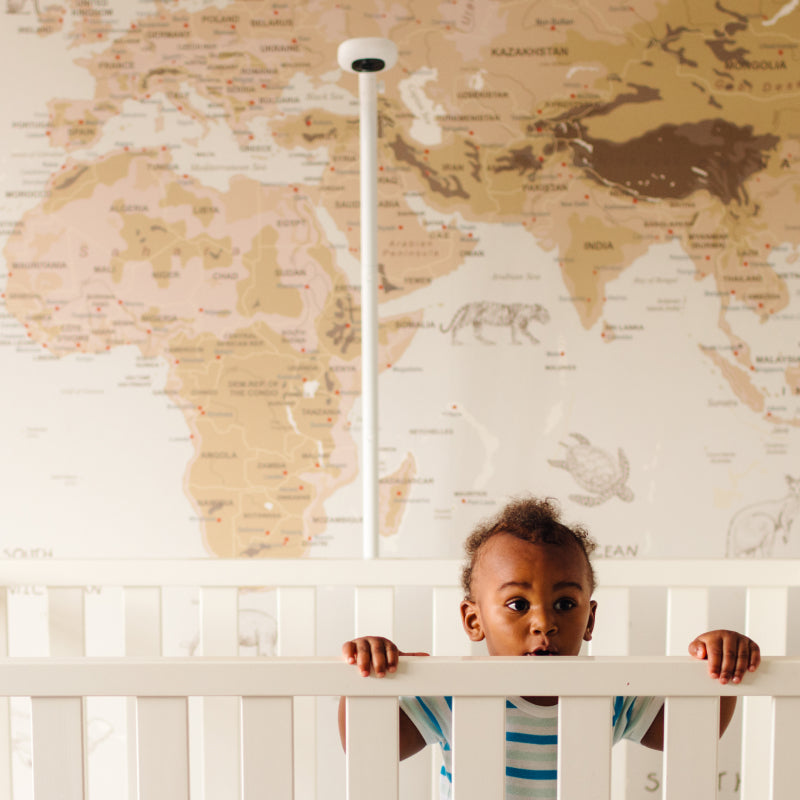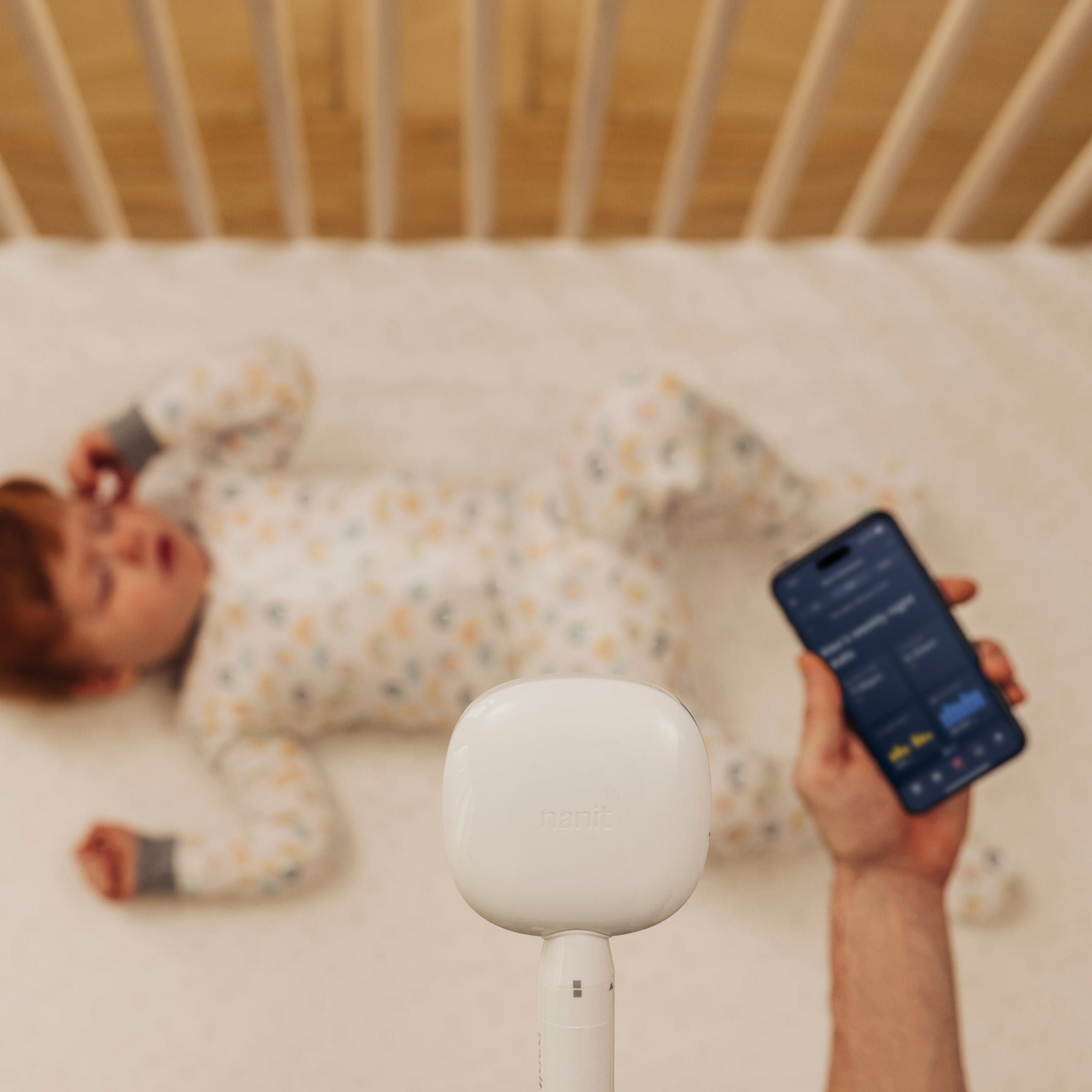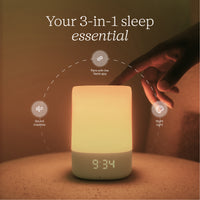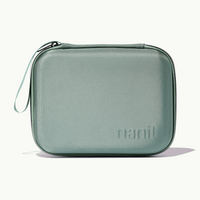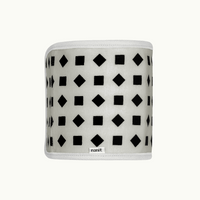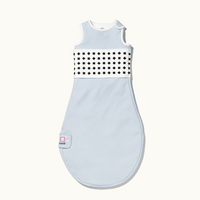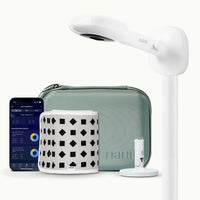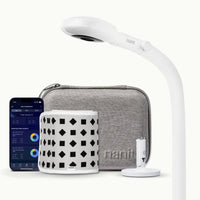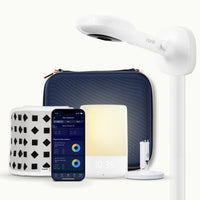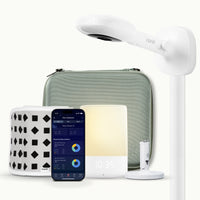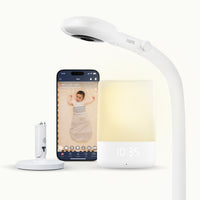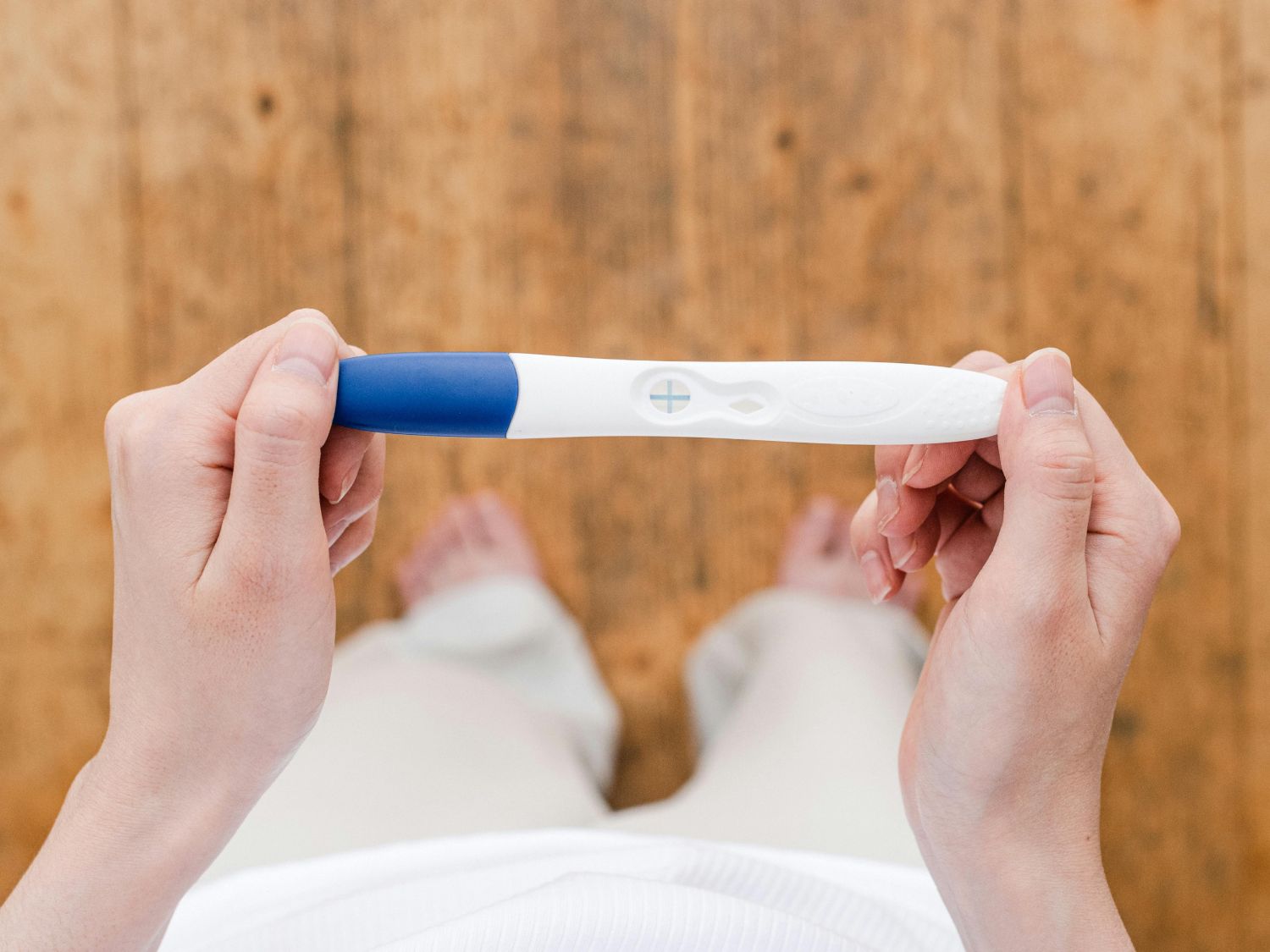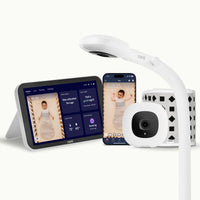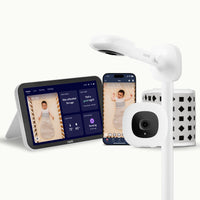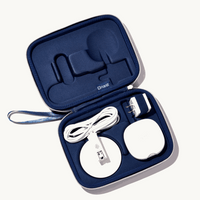If you're trying to conceive, you've probably found yourself obsessing over ovulation timing—refreshing tracking apps, analyzing test strips, and second-guessing every symptom. Decoding your body's signals can feel overwhelming! That's why understanding how ovulation actually works can give you the confidence and clarity you need.
"How long does ovulation actually last?" It's one of the most common questions we hear, and for good reason. Getting the timing right is crucial for conception, and knowing the science behind your fertile window helps you focus your efforts when it matters most.
As we talked about in our candid conversation around fertility and conception, the path to pregnancy involves a bunch of different factors, and ovulation timing is one of the most important pieces of the puzzle.
What is Ovulation?
First things first: Ovulation is when your ovaries release a mature egg that travels down your fallopian tube, ready for fertilization. It usually happens around the middle of your menstrual cycle, though the exact timing can vary from person to person and month to month.
So How Long Does Ovulation Actually Last?
Here's the breakdown: Ovulation itself lasts approximately 12 to 24 hours. This means that once the egg is released from the ovary, it remains viable for fertilization for about one day.
Even though the ovulation process itself is surprisingly quick, your fertile window (the period during which conception is most likely to occur) is longer because sperm can actually live in your reproductive tract for up to five days. In fact, your most fertile days typically include the 5 days leading up to ovulation plus the day of ovulation itself—a total window of approximately 6 days.
|
Timeline |
What's Happening |
Conception Potential |
|
5 days before ovulation |
Fertile window begins |
Low to moderate |
|
2-3 days before ovulation |
Peak fertility approaching |
High |
|
Day of ovulation |
Egg is released |
Highest |
|
12-24 hours after ovulation |
Egg begins to deteriorate |
Declining rapidly |
|
24+ hours after ovulation |
Egg is no longer viable |
Very low |
How to Tell You're Ovulating
Your body provides several clues that can help you identify when you're ovulating or about to ovulate. Learning to recognize these signs can help you plan intercourse with the intent to conceive more effectively.
Physical Signs of Ovulation
-
Cervical mucus changes: As ovulation approaches, cervical mucus becomes clear and stretchy, kind of like the texture of raw egg whites, as opposed to dry, sticky, or cloudy in the non fertile period.
-
Basal body temperature rise: Your resting body temperature typically rises by 0.2-0.5°F after ovulation due to increased progesterone
-
Ovulation pain: Some people experience mild pelvic pain or cramping on one side during ovulation
-
Breast tenderness: Hormonal changes can cause breast sensitivity around ovulation time
-
Increased libido: Nature's little nudge!
Hormonal Indicators
Ovulation predictor kits (OPKs) detect the surge in luteinizing hormone (LH) that occurs 12-36 hours before ovulation. This LH surge is what triggers the release of the egg, making OPKs a reliable way to predict when ovulation is about to occur. Unlike temperature tracking, which confirms ovulation after it has happened, OPKs can help you anticipate ovulation before it occurs.
Pro-tip
Start testing with OPKs a few days before you expect to ovulate based on your cycle length. Once you detect your LH surge, plan to have intercourse that day and the following 2-3 days to maximize your chances of conception.
What Can Mess With Ovulation Timing?
While ovulation typically occurs around the middle of your menstrual cycle, several factors can influence when it happens and how long it lasts. Understanding these variables can help you better predict your own ovulation patterns.
Cycle Length Variations
Not everyone has 28-day cycles, and even people who do can experience variation from month to month. If you have longer or shorter cycles, your ovulation timing will shift accordingly. Generally, ovulation happens about 14 days before your next period begins, regardless of your total cycle length.
Lifestyle Factors
-
High stress levels
-
Excessive exercise
-
Significant weight gain or loss
-
Disrupted sleep patterns
-
Illness
-
Age (Especially 35+)
Myth: You Can Get Pregnant Any Day of Your Cycle
While sperm can survive for several days, pregnancy can only occur during that narrow fertile window around ovulation. Understanding this timing is crucial for both achieving and preventing pregnancy.
Maximizing Your Chances of Conception
Now that we've covered how long ovulation lasts and when it occurs, you can use this knowledge to plan your conception efforts. The key is to ensure that viable sperm are present in the reproductive tract when the egg is released.
Timing Intercourse Effectively
The most effective approach is to have intercourse every other day during your fertile window, starting about 5 days before when you're supposed to ovulate. This ensures that "fresh" sperm are consistently available without causing fatigue that could affect sperm quality.
Supporting Your Overall Fertility
-
Add foods to your diet that are rich in folate, iron, and other fertility-supporting nutrients
-
Maintain a healthy lifestyle through balanced diet and moderate exercise
-
Prioritize sleep to ensure you’re well rested
-
Take prenatal vitamins to ensure your body is nourished properly
-
Limit how much alcohol you drink and avoid smoking
-
Try to manage stress through relaxation techniques or counseling
When to Check in With Your Doctor
While understanding ovulation timing is helpful, it's important to know when to seek professional guidance. Most healthcare providers recommend trying to conceive for 12 months (or 6 months if you're over 35 years old) before seeking fertility evaluation. However, there are some situations where earlier consultation might be beneficial:
-
You have irregular cycles or no cycles at all
-
You're not detecting ovulation despite tracking for several months
-
You have known reproductive health conditions
-
You're experiencing concerning symptoms like severe pelvic pain
-
You have questions about your fertility or conception timing
Remember that everyone's fertility journey is unique, and what works for a friend, family member, or someone on the internet might not work for you! Be patient with yourself and your partner as you navigate this process, and don't be scared to ask for support when you need it.
The Takeaway
Understanding that ovulation lasts only about 12 to 24 hours—but that your fertile window spans several days thanks to sperm survival—really helps take the guesswork out of timing efforts to conceive. You don’t need to hit the exact moment of ovulation to boost your chances, and having intercourse a couple days before can help.
By keeping up with your body’s signs and using tools like ovulation kits, you can better predict when you’re most fertile and plan accordingly. This knowledge not only improves your chances of conceiving but can also help you feel more confident and in control throughout your fertility journey.
And don't forget: Be patient with yourself (and your partner!) You got this!

